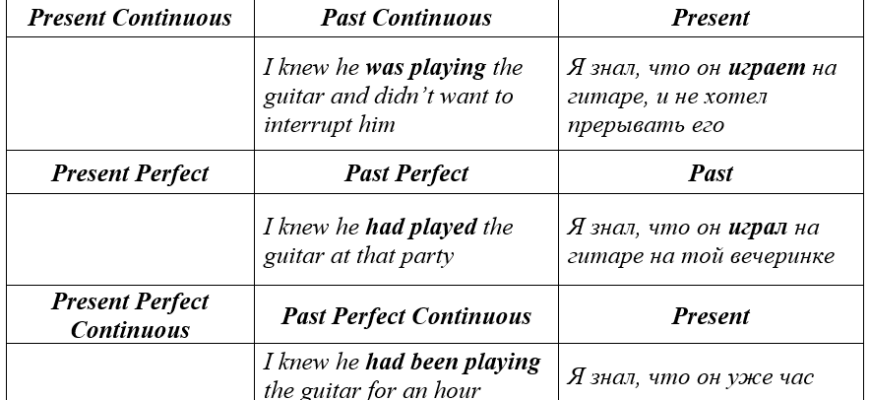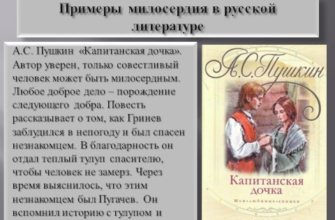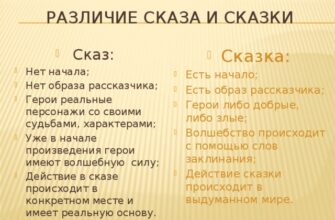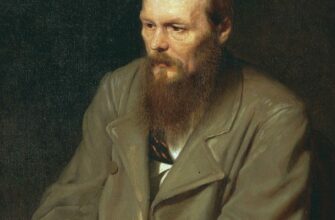Если одна из частей английского сложноподчиненного предложения стоит в прошедшем времени, то его другая часть тоже должна стоять в одном из прошедших времен, следовательно, при переходе из прямой речи в косвенную переходит сдвиг времен.
В английском языке существует правило «минус один», т.е. если главное предложение относится к прошлому, то время в придаточном предложении как бы отодвигается на одно время в прошлое:
|
Direct Speech -> Indirect Speech Present Simple -> Past Simple Past Simple –> Past Perfect Future Simple –> Future Simple in the past (will -> would)
Present Continuous -> Past Continuous Past Continuous -> Past Perfect Continuous Future Continuous -> Future Continuous in the past
Present Perfect -> Past Perfect Past Perfect -> Past Perfect Future Perfect — Future Perfect in the past
Present Perfect Continuous -> Past Perfect Continuous Past Perfect Continuous -> Past Perfect Continuous Future Perfect Continuous -> Future Perfect Continuous in the past |
Кроме сдвига времен, меняются некоторые временные выражения и определенные слова.
now -> then (at that time, immediately)
today -> that day
tonight -> that night
yesterday -> the day before (the previous day)
tomorrow -> the next day, the following day
this week -> that week
last week -> the week before, the previous week
next week -> the week after (the following week)
ago -> before
here -> there
come -> go
Say – Tell
Употребляются как в прямой, так и в косвенной речи. Tell всегда требует после себя прямого дополнения, say употребляется с дополнением или без, если после say стоит дополнение, оно вводится в предложение с помощью частицы to.
- say + (that) + clause (придаточное предложение)
She said that she was very happy.
- say + to + personal object + (that) + clause
She said to me (that) she was very happy.
- tell + personal object + (that) + clause
She told me (that) she was very happy.









